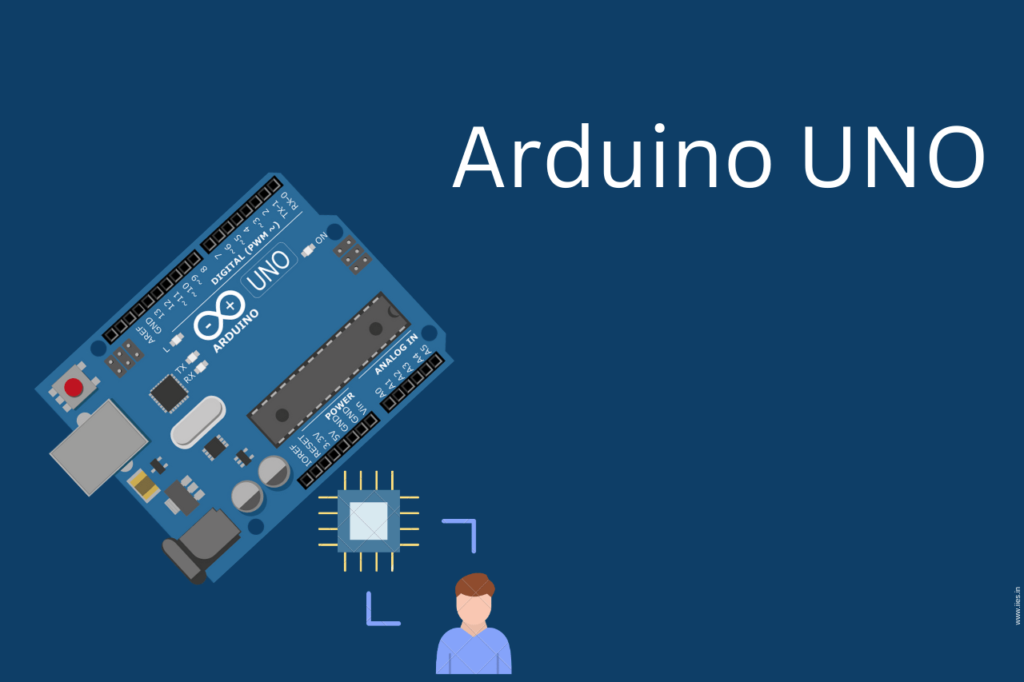The Arduino Crash Course at IIES Bangalore is designed for students and professionals eager to explore the world of embedded systems and electronics. As one of the best embedded courses in Bangalore, this program helps you build real-world applications using the open-source Arduino platform.
With Arduino, learners can design and program interactive electronic projects easily. The Arduino IDE (Integrated Development Environment) allows you to write and upload code to a microcontroller board, turning your ideas into smart, functional devices.

Arduino is the foundation of modern smart technologies. From IoT-based smart homes to industrial automation, Arduino plays a vital role in creating intelligent systems that can be monitored and controlled remotely.
Through this course, you will not only master the basics of Arduino programming but also understand how embedded hardware and software work together a crucial skill for anyone pursuing a career in embedded systems.
After completing this crash course, you’ll have the skills needed to experiment, innovate, and create smart devices that solve real-world challenges.
Completing this course can open up multiple career opportunities in the field of embedded systems and electronics. Arduino knowledge demonstrates your ability to integrate software and hardware a skill highly valued across industries.
Possible job roles include:
Whether you want to upskill or start your career, this course provides a strong stepping stone into one of India’s fastest-growing tech domains.
Arduino’s flexibility makes it ideal for projects across various domains. Below are some practical applications taught during the course:
Arduino powers smart home systems, smart cities, and industrial automation. It helps create devices that collect, analyze, and respond to real-time data, improving efficiency and decision-making.
From simple line-follower robots to complex autonomous systems, Arduino enables students to build and control robots that perform intelligent tasks and navigation.
Arduino-based systems can control traffic signals efficiently using sensors, reducing congestion and enhancing road safety.
Arduino is widely used in medical wearables and automation of devices like ventilators, infusion pumps, and prosthetic limbs, contributing to healthcare innovation.
With Arduino, learners can develop automatic vehicle control and advanced driver assistance systems (ADAS), paving the way for semi-autonomous vehicles.
Arduino makes learning interactive. Students, artists, and innovators use it to create engaging installations and STEM education projects.
Many industries now integrate Arduino-based PLC boards for process control, monitoring, and energy management systems.
IIES is known for offering the best embedded course in Bangalore, combining practical exposure with deep conceptual understanding. The Arduino Crash Course is led by experienced industry professionals who provide personalized mentoring and real-time project guidance.
By the end of the course, you’ll have the expertise to build your own Arduino-based systems and the confidence to pursue advanced embedded systems courses or IoT certifications.
Start your journey toward becoming an embedded systems expert. Enroll in the Arduino Crash Course at IIES Bangalore and take your first step toward a rewarding tech career.
Generally speaking, Arduino consists of a small PCB (the size of a credit card) with numerous soldered-on components. It is essentially a ready-to-use development kit and a great starting point for those new to electronics. But it’s also a great resource for professionals. The gadget contains a built-in CPU and several practical connectors. Because it can almost be used right away after purchase, it is much more unique. It is important to keep in mind that the term “Arduino” refers to a variety of boards—more than thirty in total—created for various uses and with various functions rather than a specific model.
The programming language C++, which is popular and widely utilized, provides the foundation of Arduino. “The Arduino crash course changed everything for me.
Yes, the majority of Arduino boards have USB and UART ports, allowing you to connect them to a computer and utilize that to program or configure your board. A larger system made up of multiple Arduino boards and other electronic components, such as a home automation system, can also use your computer as its central module. In this illustration, a computer is used to operate the entire system, with Arduino boards acting as controls that collect data from sensors incorporated into various devices (such as a shutter control or an intelligent LED lighting system).
Due to its user interface’s accessibility and simplicity, millions of projects and applications have used Arduino. Beginners can use the Arduino program with ease, but skilled users can customize it. It is compatible with Linux, Windows, and Mac computers. Teachers and students can use it to build inexpensive scientific apparatus, explain chemistry and physics concepts, and start learning programming and robotics. Musicians and artists construct installations and test out new instruments, while designers and architects develop interactive prototypes. For instance, many of the items on show at the Maker Faire were created using it by makers. A useful tool for acquiring new abilities is Arduino. Anyone can start tinkering, including children, beginners, artists, and programmers.
Despite the fact that both Arduino and Raspberry Pi are referred to as minicomputers, they are very different. Their primary purpose differentiates them. The best applications for Arduino are controlling analog systems, such as mechanical devices’ motors, or receiving and sending data from analog sensors to the display. The Raspberry Pi, on the other hand, is a more sophisticated tool that is better suited for working with digital components. As an IOT gate in a building automation system or as a logic component in a handmade computer, for instance, it can be employed. Because Arduino is a simpler device and has a lower operational capability than Raspberry, it is better suited for developing small projects based on analog elements.
Arduino is suitable for beginners, yes. There are many different types of electronic boards. Why should beginners use Arduino? There are a few features that distinguish this microcontroller, though:
Indian Institute of Embedded Systems – IIES